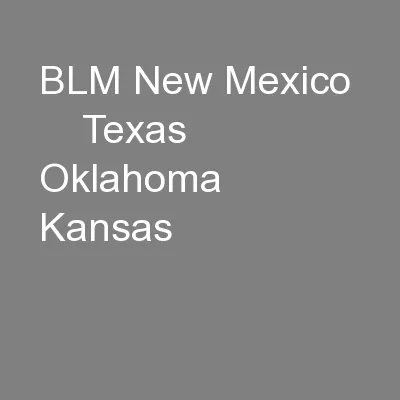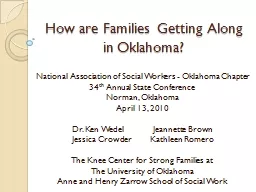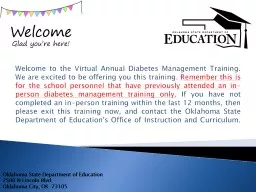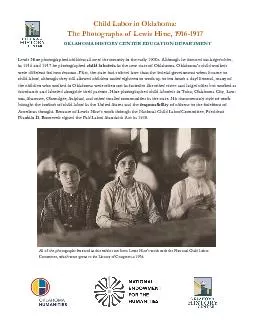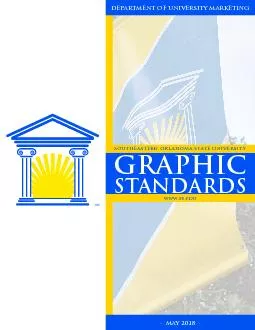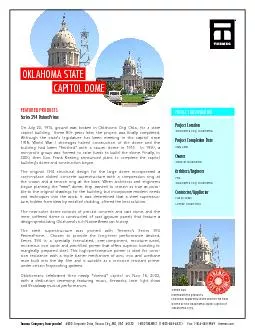PPT-Oklahoma University Children’s
Author : pasty-toler | Published Date : 2019-12-01
Oklahoma University Childrens Medical Office Building Oklahoma City OK Alec Canter BAE Mechanical Option Advisor Laura Miller Project Background Existing Conditions
Presentation Embed Code
Download Presentation
Download Presentation The PPT/PDF document "Oklahoma University Children’s" is the property of its rightful owner. Permission is granted to download and print the materials on this website for personal, non-commercial use only, and to display it on your personal computer provided you do not modify the materials and that you retain all copyright notices contained in the materials. By downloading content from our website, you accept the terms of this agreement.
Oklahoma University Children’s: Transcript
Download Rules Of Document
"Oklahoma University Children’s"The content belongs to its owner. You may download and print it for personal use, without modification, and keep all copyright notices. By downloading, you agree to these terms.
Related Documents


